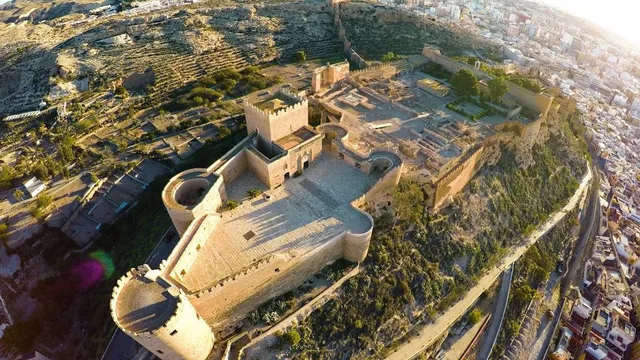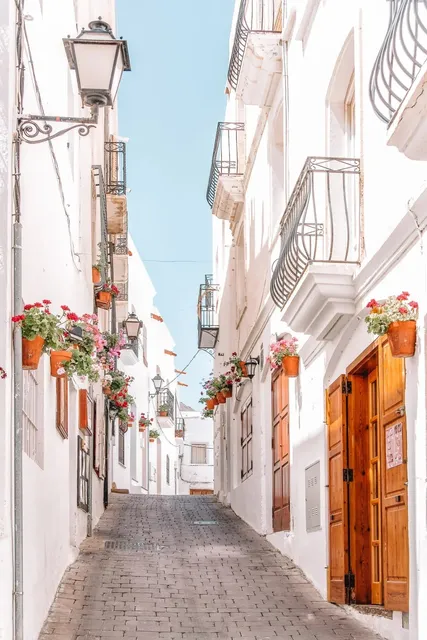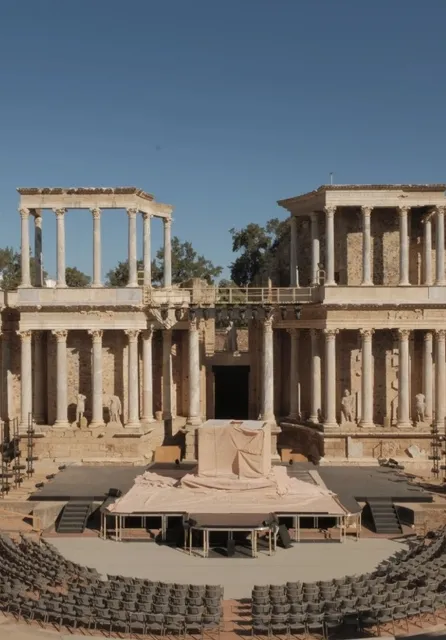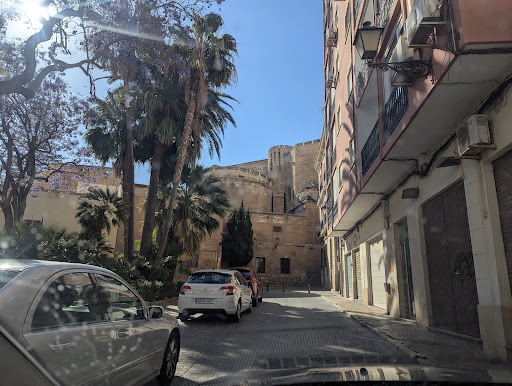Conjunto Monumental de la Alcazaba de Almería things to do, attractions, restaurants, events info and trip planning
Basic Info
Conjunto Monumental de la Alcazaba de Almería
RGRH+6W, C. Almanzor, s/n, 04002 Almería, Spain
4.6(6K)
Open 24 hours
Save
spot
spot
Ratings & Description
Info
The Alcazaba of Almería is a fortified complex in Almería, southern Spain. The word alcazaba, from the Arabic word, signifies a walled fortification in a city.
Cultural
Outdoor
Accessibility
attractions: Almeria Cathedral, Baluarte del Saliente, Casa del Poeta José Ángel Valente, Cerro San Cristobal, Heritage Interpretation Center of Almeria, Palacio de los Marqueses de Cabra, Museo de la Guitarra Almeria, Monumento a los Mártires de la Libertad (Pingurucho de Los Coloraos), Refugios de la Guerra Civil Española de Almería, Centro Andaluz de la Fotografía, restaurants: Tetería Almedina Baraka, Café-Bar Mirador de la Alcazaba, Restaurante Cuatro Hojas (by Juanjo Carabajal), Casa Puga, La Tahona bar & tapas, Taberna Nuestra Tierra, Sibuya Urban Sushi Bar, Rotterdam Tap Room, Why not burgers - Almería, Bar-Restaurante El Jurelico
 Learn more insights from Wanderboat AI.
Learn more insights from Wanderboat AI.Phone
+34 950 80 10 08
Plan your stay

Pet-friendly Hotels in Almeria
Find a cozy hotel nearby and make it a full experience.

Affordable Hotels in Almeria
Find a cozy hotel nearby and make it a full experience.

The Coolest Hotels You Haven't Heard Of (Yet)
Find a cozy hotel nearby and make it a full experience.
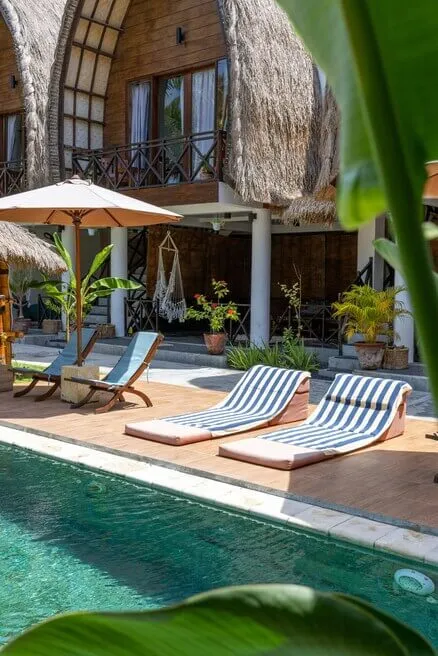
Trending Stays Worth the Hype in Almeria
Find a cozy hotel nearby and make it a full experience.
Reviews
Nearby attractions of Conjunto Monumental de la Alcazaba de Almería
Almeria Cathedral
Baluarte del Saliente
Casa del Poeta José Ángel Valente
Cerro San Cristobal
Heritage Interpretation Center of Almeria
Palacio de los Marqueses de Cabra
Museo de la Guitarra Almeria
Monumento a los Mártires de la Libertad (Pingurucho de Los Coloraos)
Refugios de la Guerra Civil Española de Almería
Centro Andaluz de la Fotografía
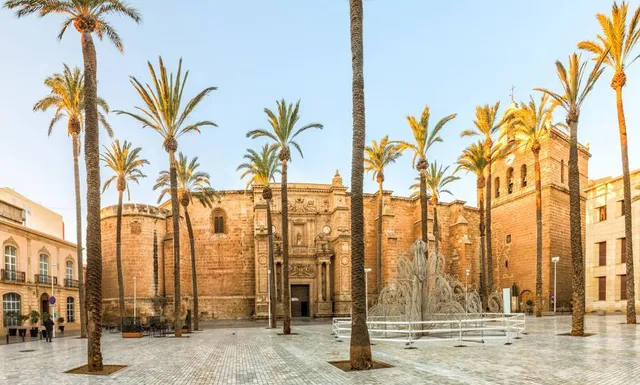
Almeria Cathedral
4.4
(2.9K)
Open 24 hours
Click for details
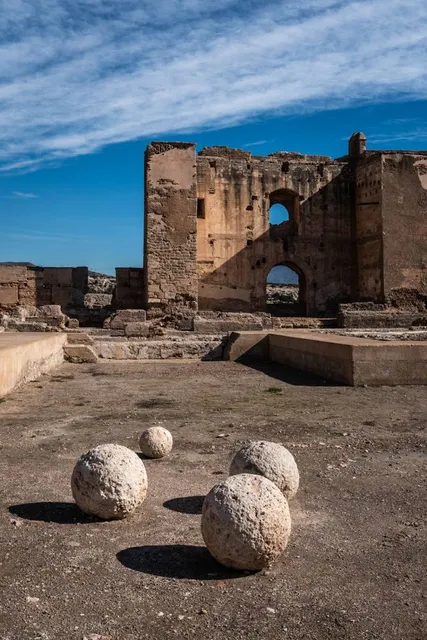
Baluarte del Saliente
4.5
(25)
Open 24 hours
Click for details
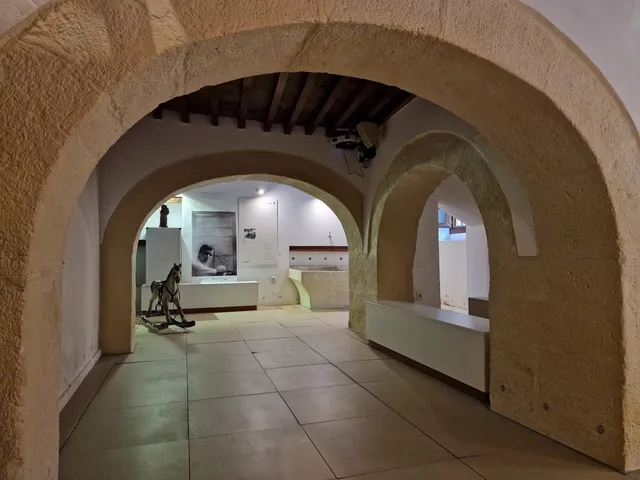
Casa del Poeta José Ángel Valente
4.8
(112)
Open 24 hours
Click for details

Cerro San Cristobal
4.2
(355)
Open 24 hours
Click for details
Things to do nearby
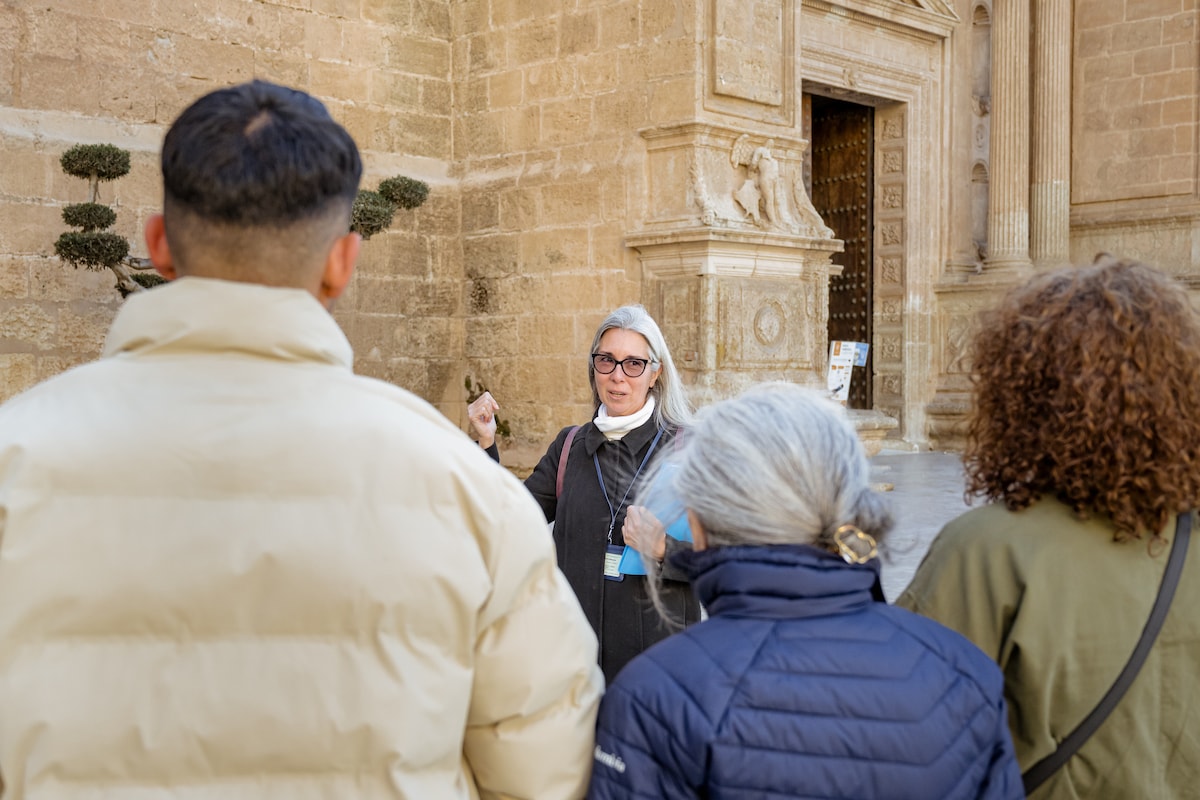
Guided tour of Almerías Old Town
Fri, Jan 9 • 10:30 AM
04001, Almería, Andalusia, Spain
View details

Language Exchange / Tandem Wednesdays in Almería
Wed, Jan 7 • 6:00 PM
36 Avenida de Cabo de Gata Entrance from the seafront. Entrada desde el paseo marítimo., 04007 Almería
View details
Nearby restaurants of Conjunto Monumental de la Alcazaba de Almería
Tetería Almedina Baraka
Café-Bar Mirador de la Alcazaba
Restaurante Cuatro Hojas (by Juanjo Carabajal)
Casa Puga
La Tahona bar & tapas
Taberna Nuestra Tierra
Sibuya Urban Sushi Bar
Rotterdam Tap Room
Why not burgers - Almería
Bar-Restaurante El Jurelico
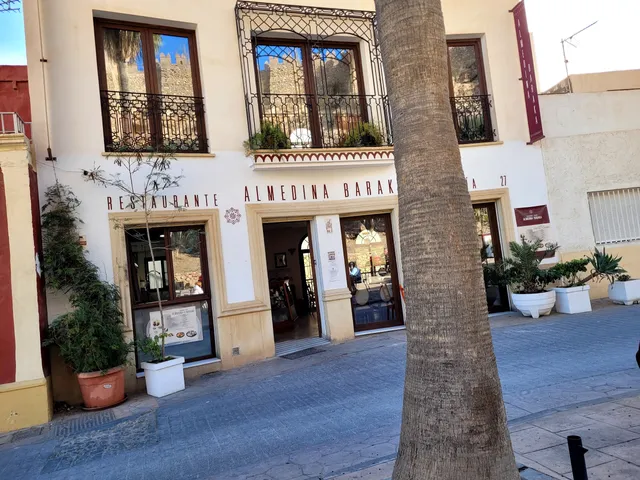
Tetería Almedina Baraka
4.4
(738)
Click for details
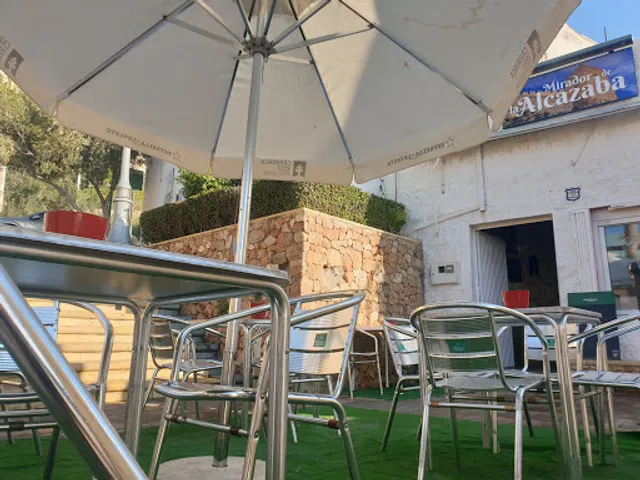
Café-Bar Mirador de la Alcazaba
4.8
(89)
Click for details
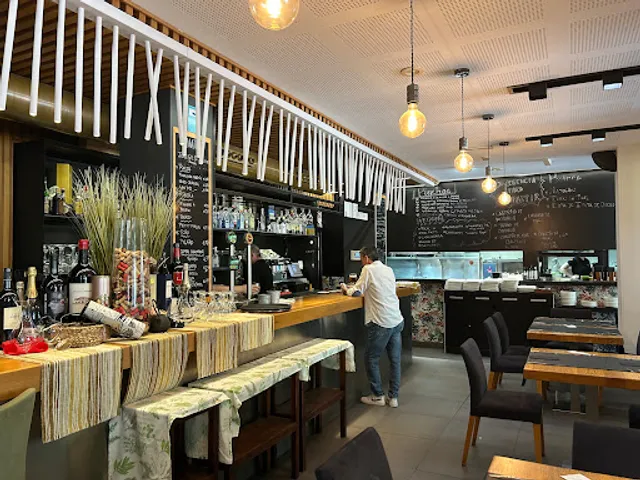
Restaurante Cuatro Hojas (by Juanjo Carabajal)
4.8
(886)
Click for details
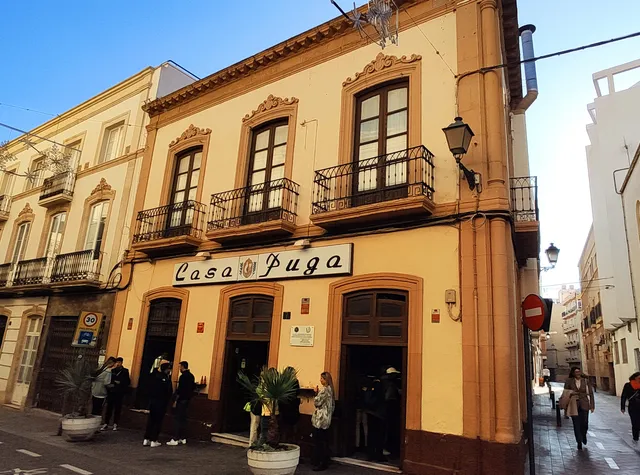
Casa Puga
4.4
(2.4K)
Click for details
